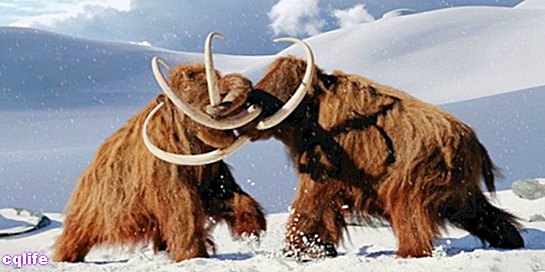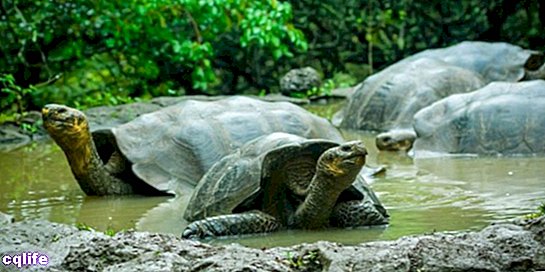We explain what biological evolution is, its relationship with natural selection and what are the evidences of the Theory of Evolution.

What is biological evolution?
When we talk about biological evolution or simply the evolution, we refer to the series of bodily changes (phenotype), expressed in genetic information (genotype) and therefore transmissible to the offspring, that a population from living beings suffers over the course of several generations.
In other words, evolution is the process of change and adaptation to the environment of living beings. Allows you to enter a species a series of significant bodily or physiological changes, which in the long run are also capable of giving rise to a totally new species.
To better understand this, let's go back to the origin of the life on the Earth, billions of years ago. Although they did not resemble us, the earliest microscopic life forms competed with each other for access to food Yet the Energy. Those that were more successful in that competition (that is, more suitable for the environment) were reproduced more than others.
This survival and transmission of genetics more adapted to the environment is called natural selection. Added to the mutations spontaneous processes that occur during the genetic processes of the reproductionSome of these beings were differentiating themselves more and more from the rest, thus forming new species.
The most suitable species reproduced more and conquered new food niches, while the less suitable ones became extinct or were forced to change in order to survive.
This process spread over billions of years on our planet, thus giving rise to what we know today as species: groups of genetically related living beings capable of reproducing each other.
Different species have genetic evidence that links them to common ancestors, as occurs between humans and our cousins, the chimpanzees. It is estimated that our common ancestor with them, that is, the species that diversified and started both theirs and ours, about 13 million years ago.
What's more surprising is that the last common ancestor of all life on our planet lived 3.8 billion years ago. To this unicellular organism it is known as Luca (Last Common Universal Ancestor, that is, Last Universal Common Ancestor).
As will be seen, evolution is nothing more than the effect of the struggle between species to survive and better adapt to the environment, giving rise to new species as their physical and genetic differences become more and more pronounced.
Origin of the theory of evolution

Darwin discovered that the tortoises on the Galapagos Islands were different from those on the mainland.
Despite being called a theory, evolution is a proven scientific fact, for which there is abundant evidence in the natural world, especially in the fossil record.
The idea of evolution arose in the 19th century, the result of various contributions in numerous Sciences. However, who enunciated the Theory of Evolution was Charles Darwin (1809-1882), British naturalist, by whose surname this theory is also known as the Darwinism.
Darwin, in the middle of his travels around the globe, noticed that many species of animals from far away places were similar to each other, except for significant physical differences. He also observed that these differences were usually related to some type of accident or geographical separation.
For example, the fauna of the Galapagos Islands in Ecuador was similar to that of the coast. Darwin understood that being separated from it by several kilometers ocean, had taken a different historical (evolutionary) course. However, the current theory of evolution is not exactly the same as the one that Darwin published in his book The origin of species in 1859.
A synthesis of the Darwinian principles of natural selection is currently held, together with those of Alfred Russel Wallace (who independently proposed the Theory of Evolution in 1858), Gregor Mendel's Laws on the inheritance, and some other similar scientific advances. That is why it is known as the Modern Evolutionary Synthesis.
Evidence for biological evolution

The evidences of evolution are diverse and are found in different fields of the scientific knowledge. For example, the paleontology has found numerous fossil evidence of extinct animals, but similar in some degree to the species that we know today.
On the other hand, through the comparative study of the organs of the different known animals and even of the human being, anatomical similarities have been discovered that point to a common biological ancestor for different species, and even vestiges of ancient forms of the species, such as remains. from bones of front legs in the skeleton of snakes.
Similarly, embryology has discovered similar patterns of development in the early life stages of different animals, including humans, that seem to confirm the presence of common ancestors.
For example, in some stages of the formation of birds and vertebrates, the embryo shows the presence of gills, which makes them related to fish. Something similar happens with biochemistry cellular, which has almost identical processes in different organisms, or with recent advances in reading the DNA human, 99% of which is identical to that of chimpanzees.
